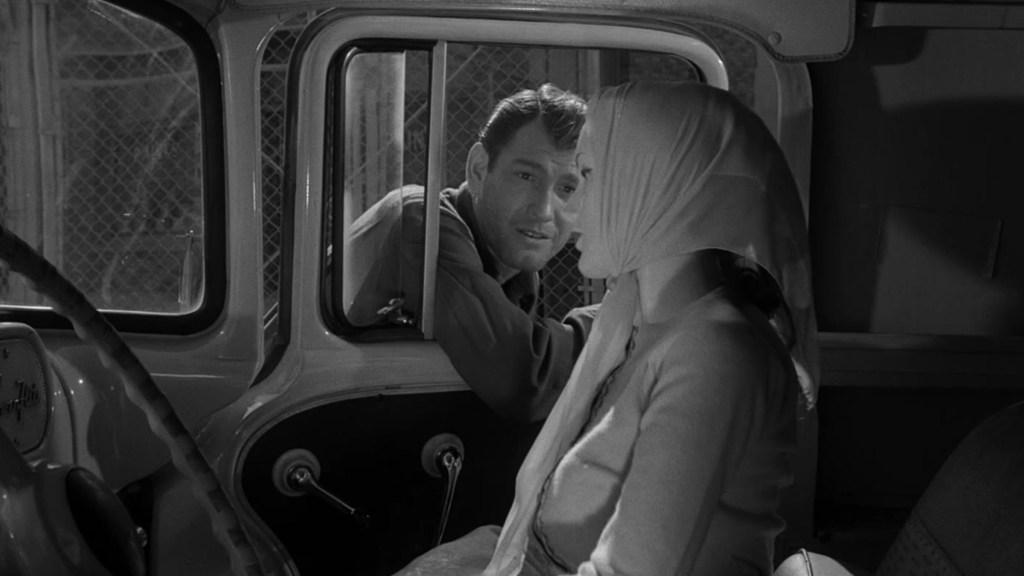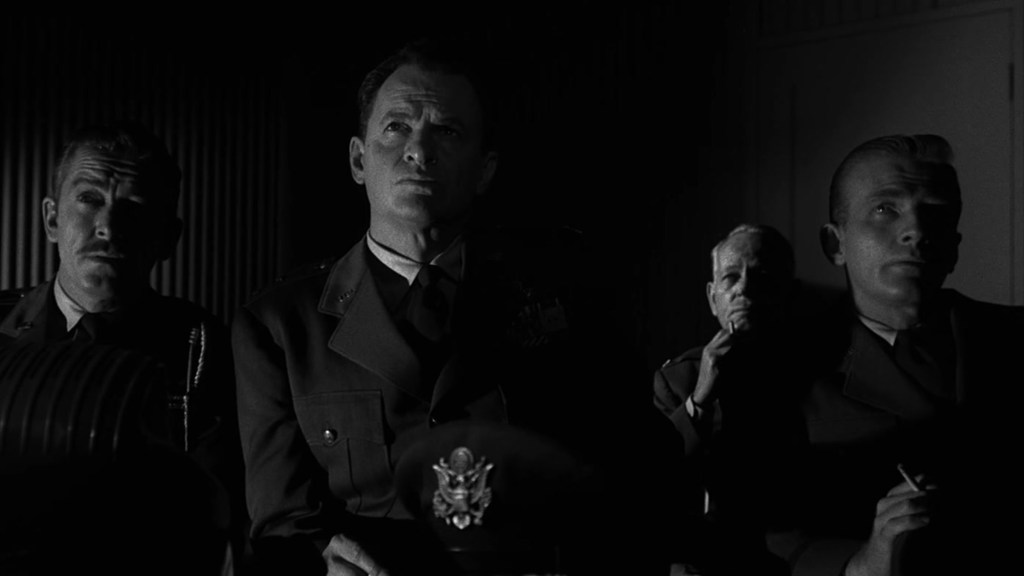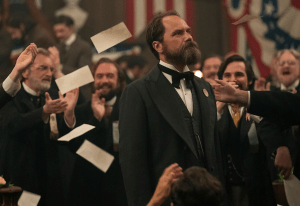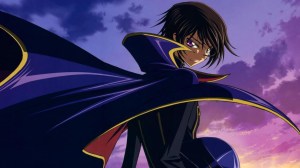With five seasons and over 150 episodes under its belt, it’s no surprise that The Twilight Zone had a set of beats that every story they told needed to hit. Even when the series moved from half-hour to one hour episodes, the structure was always present for every trip into that dimension of not only of sight and sound but of mind. Fans of film and television may be well aware of the hallmarks of three and five act story structures, but The Twilight Zone took this a step further. Every episode obviously can fit into that mold, not to mention one of a 25-minute TV episode, but it’s the smaller pieces of the puzzle found in each episode that are especially interesting.
Videos by ComicBook.com
Buck Houghton, a producer on The Twilight Zone for its first three seasons, actually completely details the full pattern and structure for the show’s episodes in a book. Published in 1991, What a Producer Does: The Art of Moviemaking (Not the Business) chronicled the four decades Houghton spent working in Hollywood, including the surprise reveal of how each episode of the hit series functioned. Houghton even dedicated to the book to The Twilight Zone‘s creator, Rod Serling, dubbing him “a unique talent.” That said, once you know how the sausage is made, even in The Twilight Zone, you’ll never be able to unsee it.
Almost Every The Twilight Zone Episode Starts the Same

What Houghton makes clear in his reveal of The Twilight Zone‘s story patterns is that Serling actually had the formula figured out from the first episode, so we’ll use that as our guide for breaking down each of the beats. The first one of these that Houghton reveals is: “Find an interesting character, or a group, at a moment in crisis in life, and get there quickly; then lay on some magic.”
In the first episode of The Twilight Zone we immediately meet Earl Holiman as one Mike Ferris, a lonely man strolling down the road on his own who stumbles upon a gas station. Inside, Ferris finds no one. Not a sole at the pumps, the till, or even in the kitchen in the back. Despite his pleas for help or any kind of acknowledgement of his existence, Ferris finds only silence and isolation.
The second piece of the equation is: “That magic must be devilishly appropriate and capable of providing a whiplash kickback at the tag.” This is seen in the second set of scenes of the episode as Ferris walks from the gas station to a nearby town, which remains completely unoccupied. The kickback at the tag…is something we’ll get to later, but suffice to say there is some fun to be had at Ferris’ expense, including stumbling upon mannequins that he at first believes are real people.
The Twilight Zone Only Allows One “Miracle” Per Episode

The third piece of the formula reads: “The character(s) must be ordinary and average and modern, and the problem facing him (her, them) must be commonplace. (‘The Twilight Zone’ always struck people as identifiable as to whom it was about, and the story hang-ups as resonant as their own fears, dreams, wishes.)”
It’s easy to see this one in action, Ferris is a largely modern man whose sensibilities are never fully clear beyond the fact that he’s alone and is desperate for human interaction. Even while the conflict of the episode itself is a fantastical one, it’s, as the rule notes, commonplace to personal fears.
The next rule for The Twilight Zone is one that seems like the most obvious, and may already be the one you’re thinking of when you consider episodes of the series: “Allow only one miracle or special talent or imaginative circumstance per episode. More than one and the audience grows impatient with your calls on their credibility.”
As noted, Ferris being trapped in a small town totally isolated is the show’s one miracle/imaginative circumstance. Though the episode flirts with the potential that there’s someone just around the corner from him or maybe even up a flight of stairs, it always comes back to what he believes to be the truth in that moment: he’s all alone.
The Most Important Twilight Zone Rule Was It Couldn’t Happen

One of the final pieces of the puzzle is one that is the most important: “The story must be impossible in the real world. A request at some point to suspend disbelief is a trademark of the series. (I can think of only three shows that could have happened.)” (Of note, the “I” here is, of course, Houghton himself.)
As the first episode of The Twilight Zone reveals, Ferris is not a man simply trapped in an abandoned town and tormented by the silence of being alone, he’s a member of the Air Force currently undergoing an isolation exam to see if he’s fit to become an astronaut and take a trip to the moon. A slew of generals sit nearby as he’s strapped inside a pod, stuck in a 1960s version of a simulation where he largely forgot who he was but also the circumstances of why he was there.
The final two pieces of the puzzle are more anecdotal than sticking to the larger formula, but they read: “Mere scare tactics will not fit the bill” and “A clever bit of advanced scientific hardware is not enough to support a story. ‘The Twilight Zone’ was not a sci-fi show.”
Both of these might be seen as somewhat controversial to fans of the series, but Houghton was correct. The series may have leaned on sci-fi genre tendencies, but the show at its core was one about messaging and making the audience think. These storytelling archetypes may have been frequently deployed, but they were useful in getting the larger narrative across every time.
Let’s consider both of these in the first episode. Though there are plenty of “scare tactics” to be found in the episode, the way it builds on the paranoia and escalates the tensions felt by just one character add on to that. Not to mention the advanced scientific hardware is clearly there, but it’s just a means for the story itself to be told. It’s one about sacrifice, both the individual and the larger group, but also one that takes a clear stance, people need other people.
So the next time you’re watching The Twilight Zone, SYFY’s marathon will cap off the year no doubt, keep all these in mind when you’re watching.
What do you think? Leave a comment below and join the conversation now in the ComicBook Forum!









